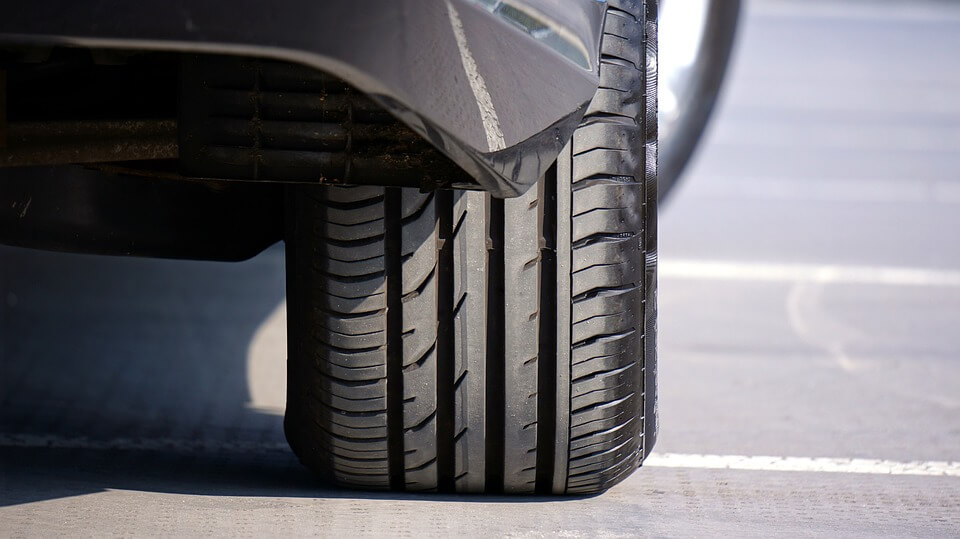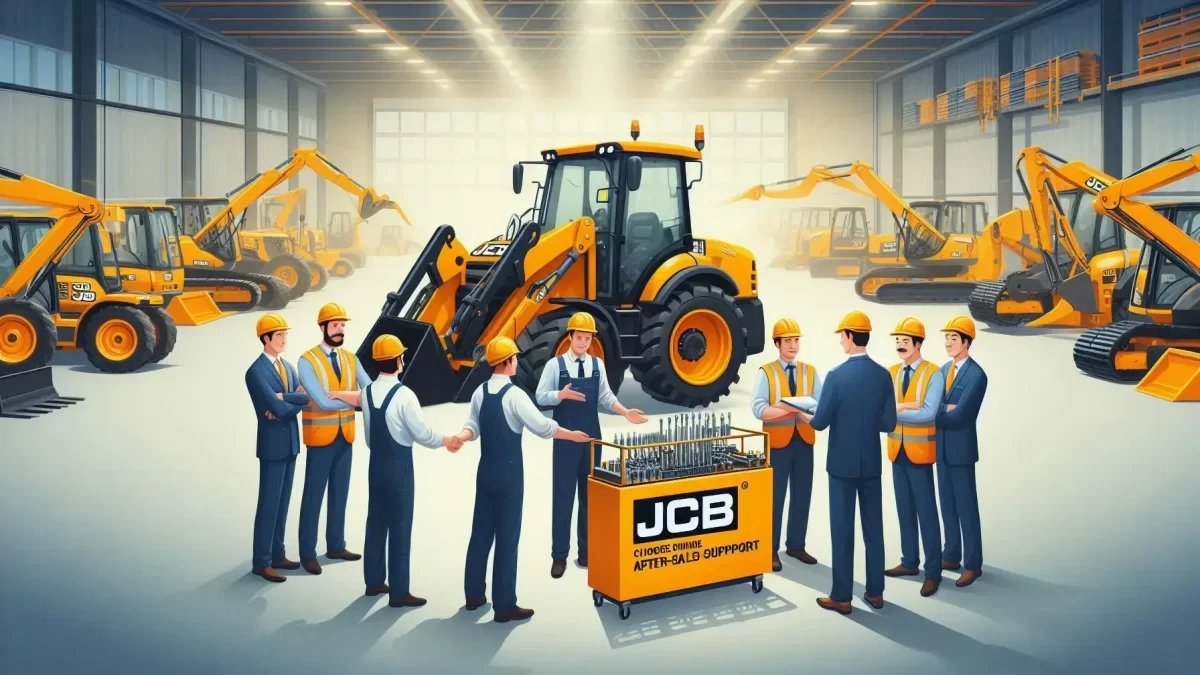
The Environmental Impact of Tires: Why E-Responsibility Matters
It is crucial to accept responsibility for the effects that our daily decisions have on the environment as people throughout the world become increasingly aware of environmental challenges. The effect tires have on the environment is one area that is frequently disregarded. Although tires play a crucial role in our transportation system, they also have a big effect on the environment.
In the United States, more than 300 million tires are thrown annually, according to the Rubber Manufacturers Association. Because they take up space in landfills and can release hazardous chemicals and gases when burned, these discarded tires constitute a serious threat to the environment. The effect tires have on the environment and the importance of e-responsibility will be discussed in this article.
Leading cement, energy, healthcare, and steel businesses were among the first to test the E-liability method, spurred on by the recent G20 (the foremost forum for worldwide economic cooperation) international conference. Leading tire producer Giti Tire has adopted the E-liability strategy to make their eco-friendly tire manufacturing procedures more environmentally friendly. By monitoring and measuring their carbon emissions throughout the whole production process.
What is e-liability, and how does it relate to reducing carbon emissions?
Harvard Law School professor Dr. Benjamin Kaplan has introduced the idea of “E-liability” as a developing legal framework that handles the difficulties and dangers connected with online activity. E-liability is the term used to describe how accountable people, businesses, and governments are to the law for their actions online. Dr. Kaplan claims that conventional legal frameworks are unable to handle the complexity of the internet world, where the lines between local and international law, individual and group rights, and private and public are blurred.
The E-liability Institute is a global not-for-profit organization whose goals include spreading knowledge about the E-liability system to businesses, academic institutions, and the public sector. We seek to establish a global environment that supports accurate carbon accounting and markets for carbon sequestration.
The Institute collaborates with businesses that willingly use the approach. Additionally, we work with governments and rule-makers to enhance the worldwide standards for carbon reporting as soon as possible, spur innovation in the decarbonization sector, and keep us from falling behind on our collective NetZero obligations.
The E-liability Institute is a global not-for-profit organization whose goals include spreading knowledge about the E-liability system to businesses, academic institutions, and the public sector. We seek to establish a global environment that supports accurate carbon accounting and markets for carbon sequestration.
The Institute collaborates with businesses that willingly use the approach. Additionally, we work with governments and rule-makers to enhance the worldwide standards for carbon reporting as soon as possible, spur innovation in the decarbonization sector, and keep us from falling behind on our collective NetZero obligations.
Into the production process of tires
From the initial mixing of raw ingredients to the last examination of produced tires, there are various steps in the tire production process. Natural and synthetic rubber, carbon black, silica, steel cord, cloth, as well as a number of chemicals and oils, are frequently used as raw materials in the production of tires.
Compounding is the initial step in the procedure, where raw components are combined to produce a homogenous rubber compound using a Banbury mixer or comparable mixing apparatus. The rubber is then shaped into sheets or strips that will form the various parts of the tire by milling, calendaring, and extrusion.
Then, using a tire-building machine, the parts are put together, starting with the inner liner and moving on to the carcass ply, sidewalls, and tread. The rubber is vulcanized and given its final shape and properties after being cured in a mold at high temperature and pressure.
After curing, the tire goes through a number of finishing procedures, such as trimming, quality control inspections, and testing. The tires are then packaged, tagged, and transported to stores or distributors for consumer sale.
Rubber, plastics, and the printing industries all utilize carbon black extensively, and demand for it is always rising. The industry faces a huge difficulty in reducing its carbon footprint because of the enormous emissions connected to its manufacturing. The utilization of renewable energy sources and the development of cleaner production techniques could both lower the amount of carbon dioxide emitted during the manufacture of carbon black.
A critical first step is turning discarded tires into carbon black. The carbon slag from the pyrolysis of scrap tires can be ground, modified, granulated, and dried to produce high-performance, ecologically friendly carbon black. However, using conventional carbon black manufacturing techniques will produce 3 tons of carbon dioxide emissions for every ton of carbon black produced.
Tires’ potential to harm the environment through conventional production processes and disposal procedures is a developing concern. Because more and more customers are looking for environmentally responsible tire solutions, e-responsibility is becoming more and more significant in the tire industry. We can have a good impact on the environment and build a more sustainable future by adopting e-responsibility.
E-responsibility
E-responsibility is the concept of accepting accountability for how our decisions and deeds affect the environment. E-responsibility in the context of tires refers to adopting measures to lessen their negative effects on the environment.
Recycling tires is one way to be e-responsible. Tire recycling can lessen the amount of space tires take up in landfills and the quantity of hazardous gases and chemicals they produce when burned. Approximately 81% of used, recycled, or recovered scrap tires were found in the United States in 2018, according to the Rubber Manufacturers Association.
Choosing environmentally friendly tires is another method to practice e-responsibility. Rolling resistance is decreased by eco-friendly tires, which can increase fuel economy and lower carbon emissions. Sustainable ingredients like soybean oil and natural rubber are used in the manufacture of some environmentally friendly tires.
Finally, tires have a big influence on the environment since they take up room in landfills and release harmful gases and chemicals when they burn. We must take action to lessen tires’ negative effects on the environment if we want to be e-responsible. This can involve purchasing environmentally friendly tires and recycling tires. We may lessen the negative effects that our daily decisions have on the environment by practicing e-responsibility.



